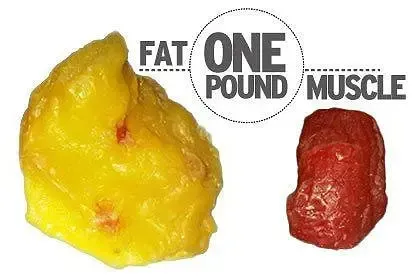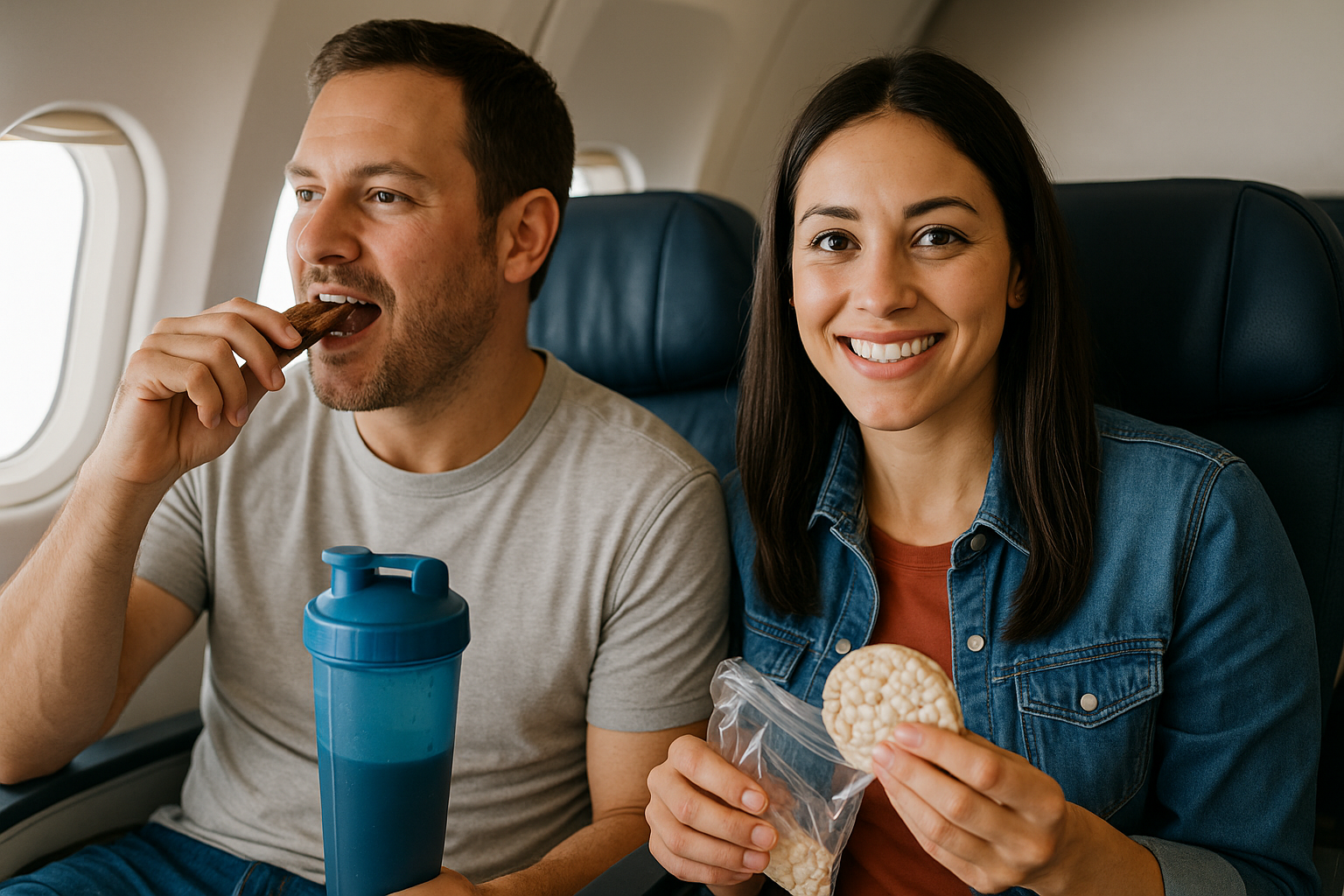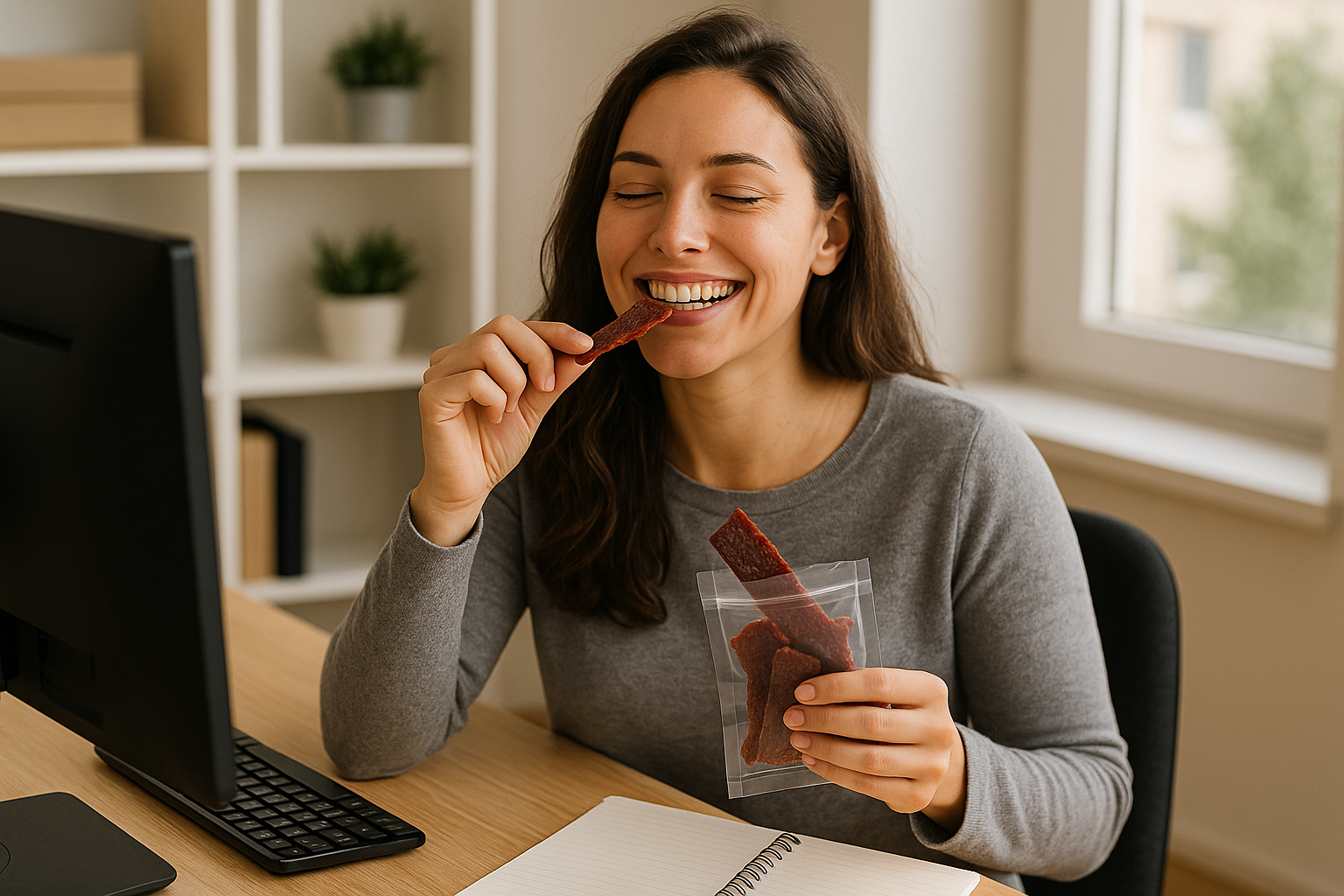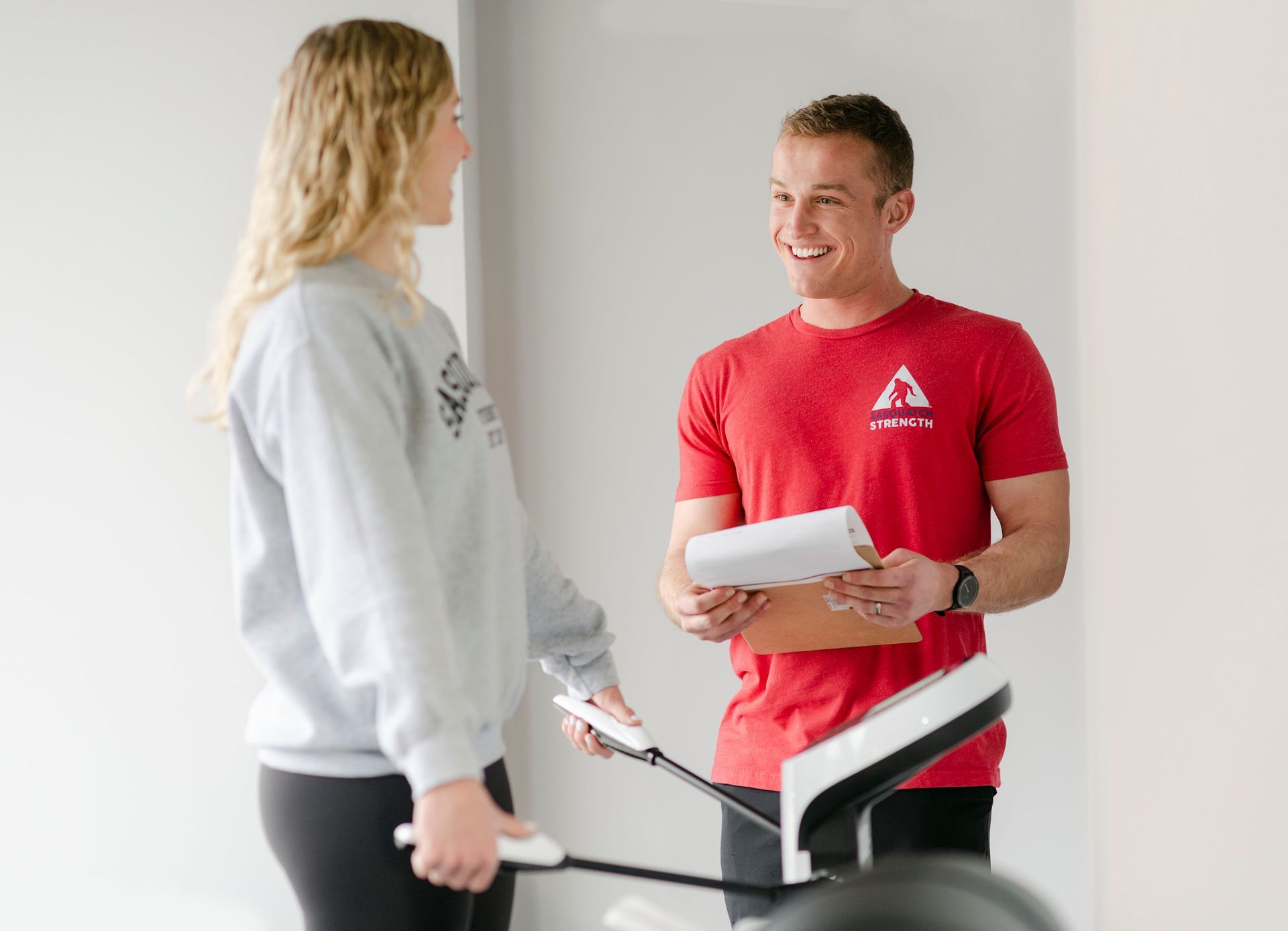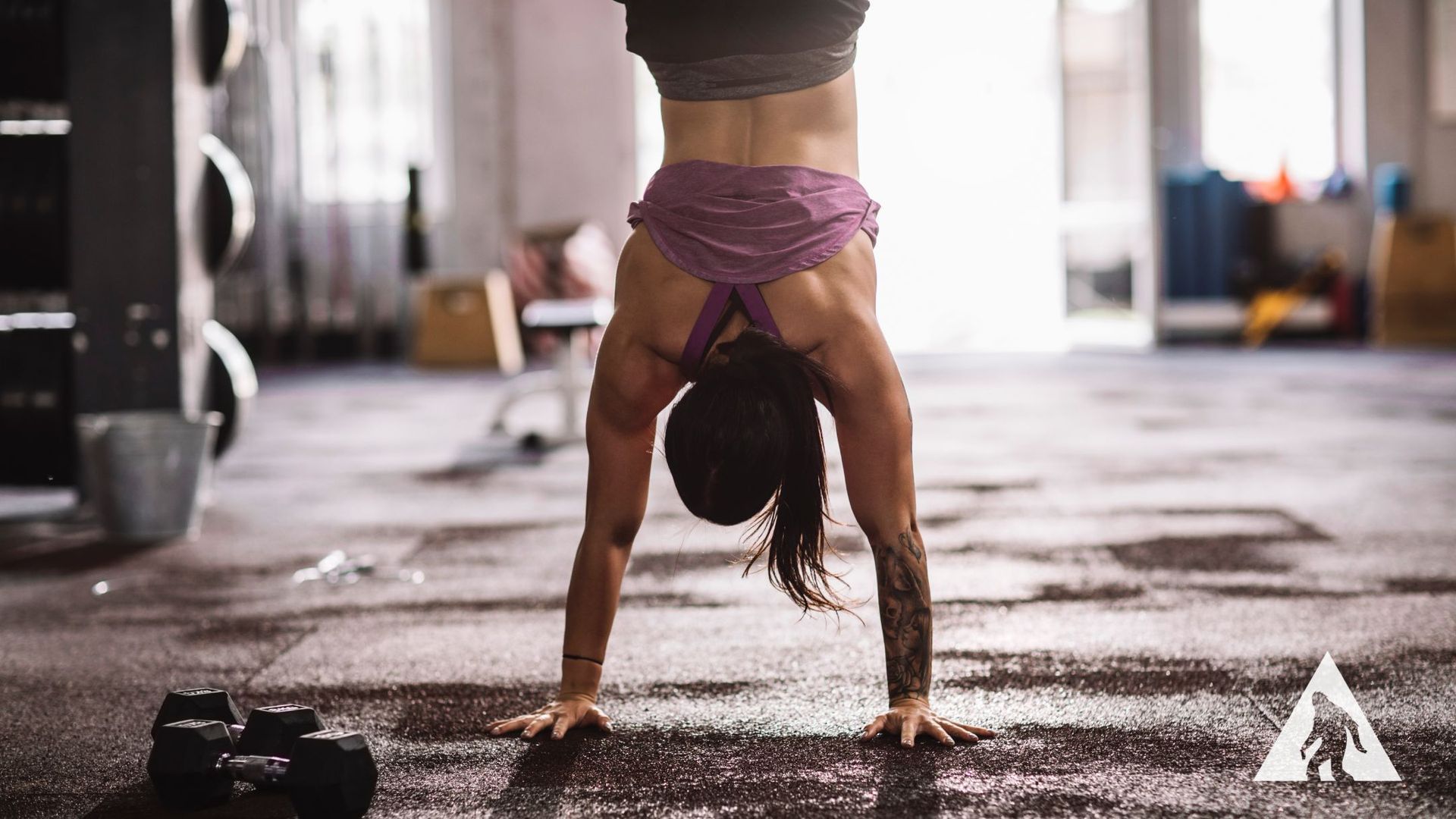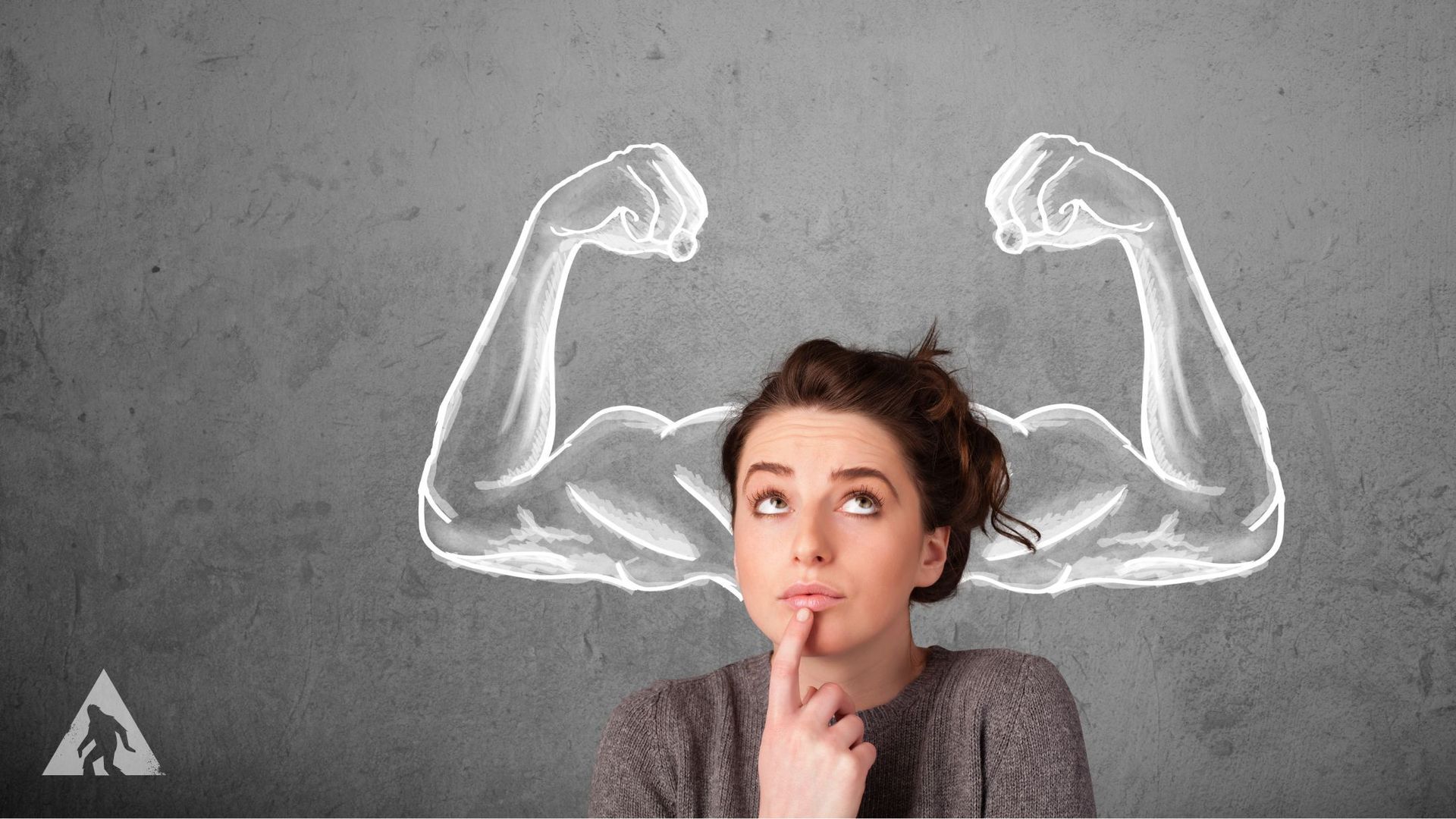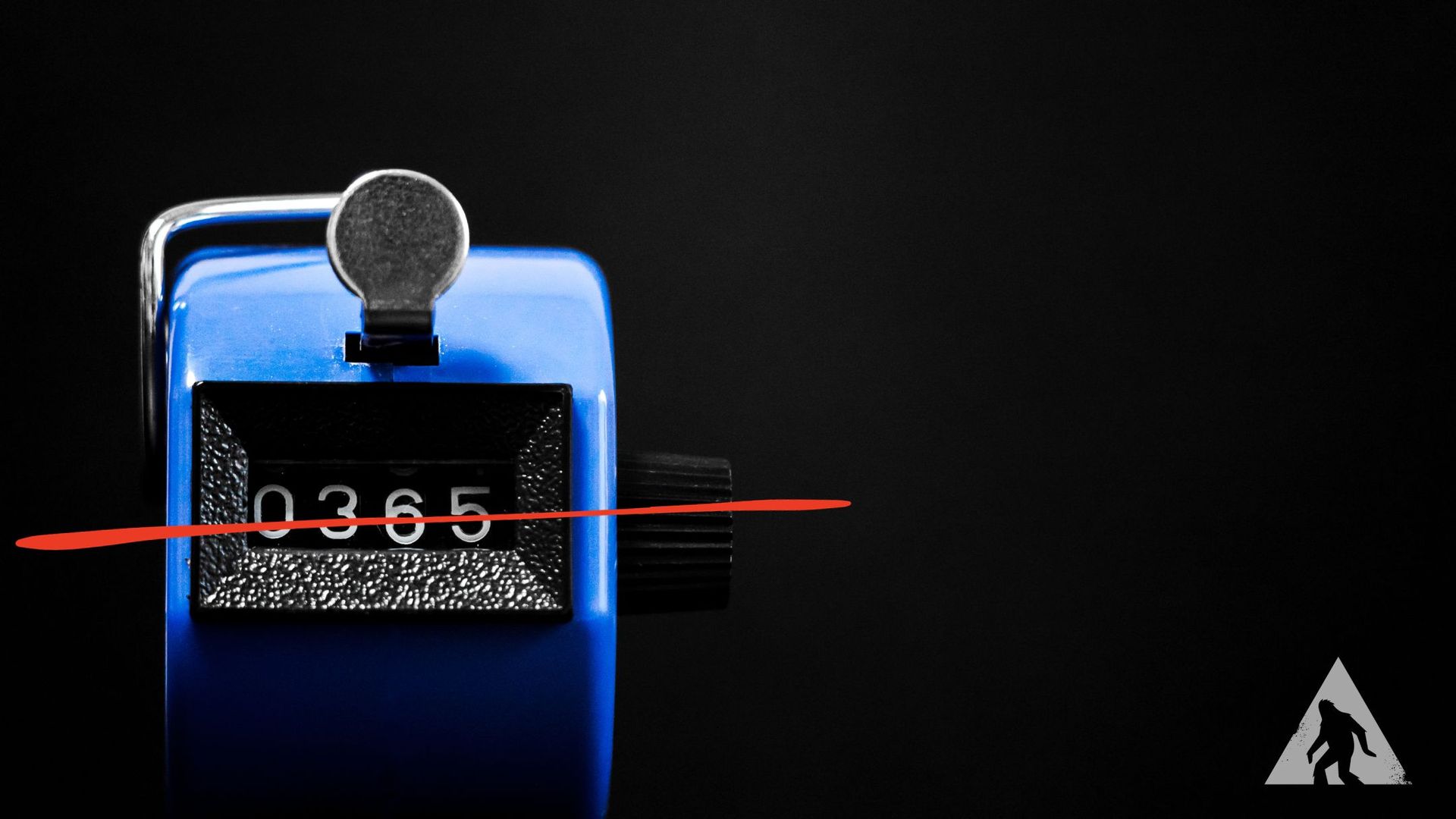
THE OTHER 23 HOURS
By Coach Jeremiah Treadwell
Recovery begins the second your workout ends. While it’s obviously important to bust your ass day-to-day at the gym, I would argue that when it comes to achieving goals and living a healthy lifestyle, what you do outside the gym has just as big of an impact as what you do in the gym. Don’t let your hard work go to waste by being lazy and negligent with your life choices.
I have outlined below what I feel are the key components people of all fitness levels should focus on when maintaining a healthy lifestyle; while not everyone’s’ goals may be the same, each of these factors have a profound impact on both overall fitness and wellbeing.
NUTRITION
The topic of nutrition related to fitness and working out is a beast. So, let’s keep it simple. Ideally, a moderate to large size meal should be consumed post-workout; amounts of macronutrients (protein / carbohydrate / fat) will vary depending on specific goals and the nature of the workout completed. Regardless, this arguably the most important meal of the day as it will help replenish your body’s energy stores as well as aid in building muscle mass. Naturally, eating whole foods is your best bet; if it’s packaged with a bunch of hard-to-pronounce ingredients, drop it. And remember: eat enough to support your physical demands of the day, nothing more.
HYDRATION
Truth time: most of us aren’t drinking enough water throughout the day. While top athletes weigh themselves before and after training to see how much water they need to replace, most of us need to go to this extent. That said, ensuring you drink plenty of water after your workout is hugely important; more so if you drink a protein shake post-workout. People tend to wait for their brain to alert them that they’re in fact thirsty; however, this is a poor indicator to follow as it means you’re likely already dehydrated.
I like to recommend drinking one gallon of water throughout the day. This may seem like a lot, but if you spread it out it’s absolutely doable; you should avoid drinking too much water too quickly as this isn’t good for the levels of sodium in your blood (Google: hyponatremia). If you’re really going for it and drink more than one gallon of water per day, it may be beneficial to supplement with an electrolyte mix.
● Pro Tip #1: Down 12-24oz of water as soon as you roll out of bed. This is an awesome way to jumpstart your day.
● Pro Tip #2: Stop drinking your calories.
SLEEP
Repeat after me: Sleep is underrated! The magic happens when we sleep; in fact, I honestly wouldn’t be offended if you paused right now, mid-article, to go take a nap. That’s how important sleep is. Here’s why: Hormones supporting muscle growth and recovery are released as we sleep, which means obtaining 7-9 hours of uninterrupted quality sleep per night in a dark and cool room is optimal. If you can’t manage that much sleep during the night, work a nap in mid-day if possible. Sleep is essentially an opportunity to recover more quickly. Plus, who doesn’t love sleep?
● Tip: No screen time one hour before bed. The blue light suppresses the pineal gland in the brain; this gland is responsible for secreting the hormone melatonin. Melatonin is the hormone that promotes drowsiness. You do the math.
MOVE
One thing that definitely makes me a sad panda is knowing a lot of people hit the gym hard, and then don’t move much the rest of the day. After exercise, muscles and tissues are still warm and pliable. This is a perfect time to hit some stretching and mobility (or yoga).
Walking is also an important aspect of recovery and staying active. Our muscles aid in flushing out byproducts via the lymphatic system when we move and walk, which helps promote recovery. Aim to hit at least 10,000 steps per day; set a timer at work and shoot to get up and move around every 20-30 minutes to get your hips and legs stretched out. Believe me, your ass is not made to be laminated to a chair all day.
MINDSET
As silly as it sounds, your mindset plays a pivotal role in achieving goals. First and foremost, celebrate the fact that you even made it to the gym! You had the time and energy to make it, while many others chose the easy way out and stayed at home on the couch.
Reflecting on what went right and what you can improve on is also beneficial. Did you give it 100% during the workout, or did you feel like you slacked a little bit? Use the small day-to-day victories as positive reinforcement and show up tomorrow with a positive attitude ready to kick some ass!
These strategies may seem obvious, but you’d be surprised how much they’re ignored — and they’re imperative when it comes to getting the most out of your workouts! Remember: it’s not about forcing huge change right now, but rather making small changes and creating habits for the long-term.
“Even though you may not feel or look the part now, you must envision yourself in your ideal state. There is no such thing as perfection, only perfect effort. Through practicing a “perfect” version of ourselves mentally, we’ll slowly become that person in real life.” – Mark Devine of SealFIT.
